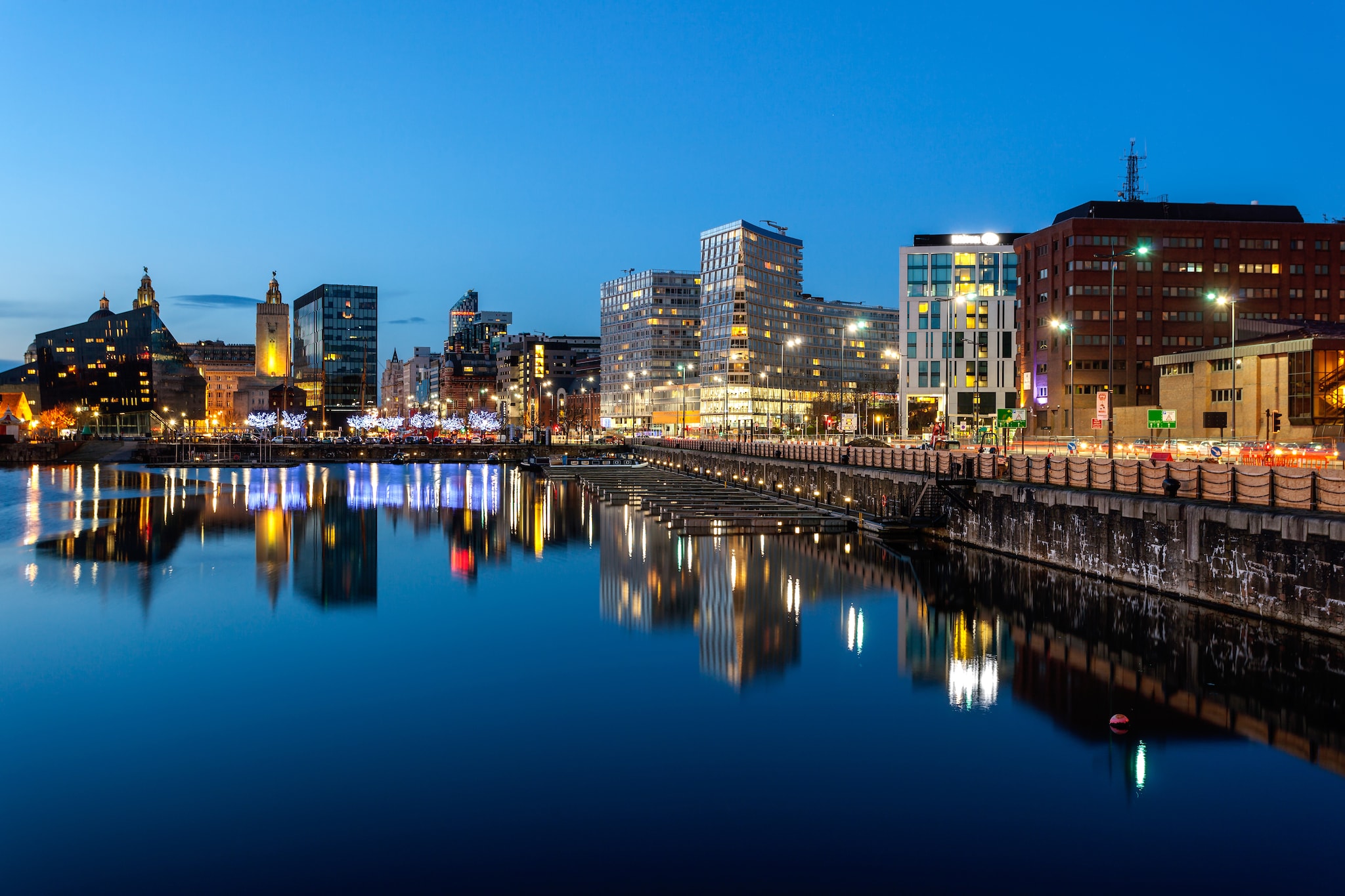Liverpool Is In Which Country? This question, seemingly simple, unveils a rich tapestry of geographical, historical, and cultural threads. The bustling port city of Liverpool, renowned for its musical heritage and football fervor, holds a significant place within the United Kingdom, boasting a unique identity shaped by centuries of influence and global connections. Understanding its precise location within the UK and its broader international context reveals a fascinating story.
Liverpool’s location on the northwest coast of England places it strategically within the United Kingdom. Its precise coordinates and proximity to other major cities like Manchester and Birmingham highlight its importance as a regional hub. However, Liverpool’s significance extends far beyond its geographical boundaries; its history as a major trading port and its enduring cultural contributions have cemented its place on the world stage.
This exploration delves into the city’s administrative divisions, its relationship with England, and its international reach, dispelling any common misconceptions surrounding its location.
Liverpool’s Geographical Location
Liverpool, a vibrant city on the northwest coast of England, holds a significant place in the UK’s geographical and cultural landscape. Its precise location, coupled with its historical development, has shaped its identity and global connections.
Geographical Coordinates and Regional Placement, Liverpool is in which country
Liverpool is situated at approximately 53.40° N latitude and 2.98° W longitude. This places it within the Northwest region of England, specifically in the historic county of Lancashire, although administratively it’s a metropolitan borough in its own right. Compared to other major UK cities, Liverpool lies further west than Manchester and Birmingham, and north of London. Its coastal location has historically been crucial to its economic development.
| Latitude/Longitude | Region/County |
|---|---|
| 53.40° N, 2.98° W | Northwest England, Historic County of Lancashire |
Imagine a map of the UK; Liverpool is positioned on the western side, a significant port city nestled along the Irish Sea, easily visualized just below the halfway point between the southern and northern extremities of Great Britain.
Liverpool’s Administrative Boundaries
The administrative boundaries of Liverpool have evolved significantly throughout history, reflecting changes in local government structures and the city’s growth. Understanding this evolution provides insight into the city’s development and its current administrative status.
| Historical Period | Administrative Division | Description of Change |
|---|---|---|
| Pre-1889 | Borough | Liverpool operated as a municipal borough under the Municipal Corporations Act 1835. |
| 1889-1974 | County Borough | Became a county borough, independent of Lancashire’s county council. |
| 1974-Present | Metropolitan Borough of Liverpool | Became part of Merseyside, a metropolitan county. Although Merseyside was abolished in 1986, Liverpool retained its metropolitan borough status. |
Liverpool’s Relationship with England: Liverpool Is In Which Country
Liverpool’s history is inextricably linked to England’s, contributing significantly to its economic, cultural, and social fabric. The city’s development reflects England’s rise as a global power, and its cultural contributions have enriched English society.
- The Rise of Liverpool as a Port: Liverpool’s strategic location facilitated its growth as a major port, fueling England’s expansion of trade and empire.
- The Industrial Revolution: Liverpool played a crucial role in the Industrial Revolution, becoming a center for manufacturing and commerce, contributing significantly to England’s economic transformation.
- The Slave Trade: Liverpool’s involvement in the transatlantic slave trade, a dark chapter in English history, significantly shaped its economic development and left a lasting legacy.
- The Beatles: The global impact of the Beatles, a band originating from Liverpool, had a profound effect on English and global culture.
Liverpool’s International Context

Liverpool’s geographical location and historical development have positioned it as a significant player on the international stage. Its role in global trade and its cultural influence extend far beyond its geographical boundaries.
Imagine a world map. Liverpool sits on the western edge of Europe, relatively close to major European capitals like Dublin, Amsterdam, and Paris. Its proximity to the Atlantic Ocean facilitated its historical connections with North America and beyond, placing it within easy reach of major global hubs in North America and beyond. This positioning has contributed to its diverse population and its role as a global trading hub.
Common Misconceptions about Liverpool’s Location

Several misconceptions exist regarding Liverpool’s location, often stemming from a lack of geographical knowledge or reliance on inaccurate information. These misconceptions are clarified below.
Notice newcastle vs manchester city for recommendations and other broad suggestions.
| Misconception | Correction | Source of Misconception | Supporting Evidence |
|---|---|---|---|
| Liverpool is in Scotland. | Liverpool is in Northwest England. | Lack of geographical awareness of the UK’s regions. | Maps, geographical data from reliable sources. |
| Liverpool is near London. | Liverpool is significantly north and west of London. | Misunderstanding of the UK’s scale and distances. | Distance calculations, UK maps. |
From its precise geographical coordinates to its pivotal role in shaping English history and culture, Liverpool’s story is one of enduring significance. Its position on the world map, marked by a rich maritime past and a vibrant present, underscores its global influence. Understanding Liverpool’s location is not merely about pinpointing it on a map; it’s about appreciating the complex interplay of historical events, cultural contributions, and international connections that have shaped this iconic city.

